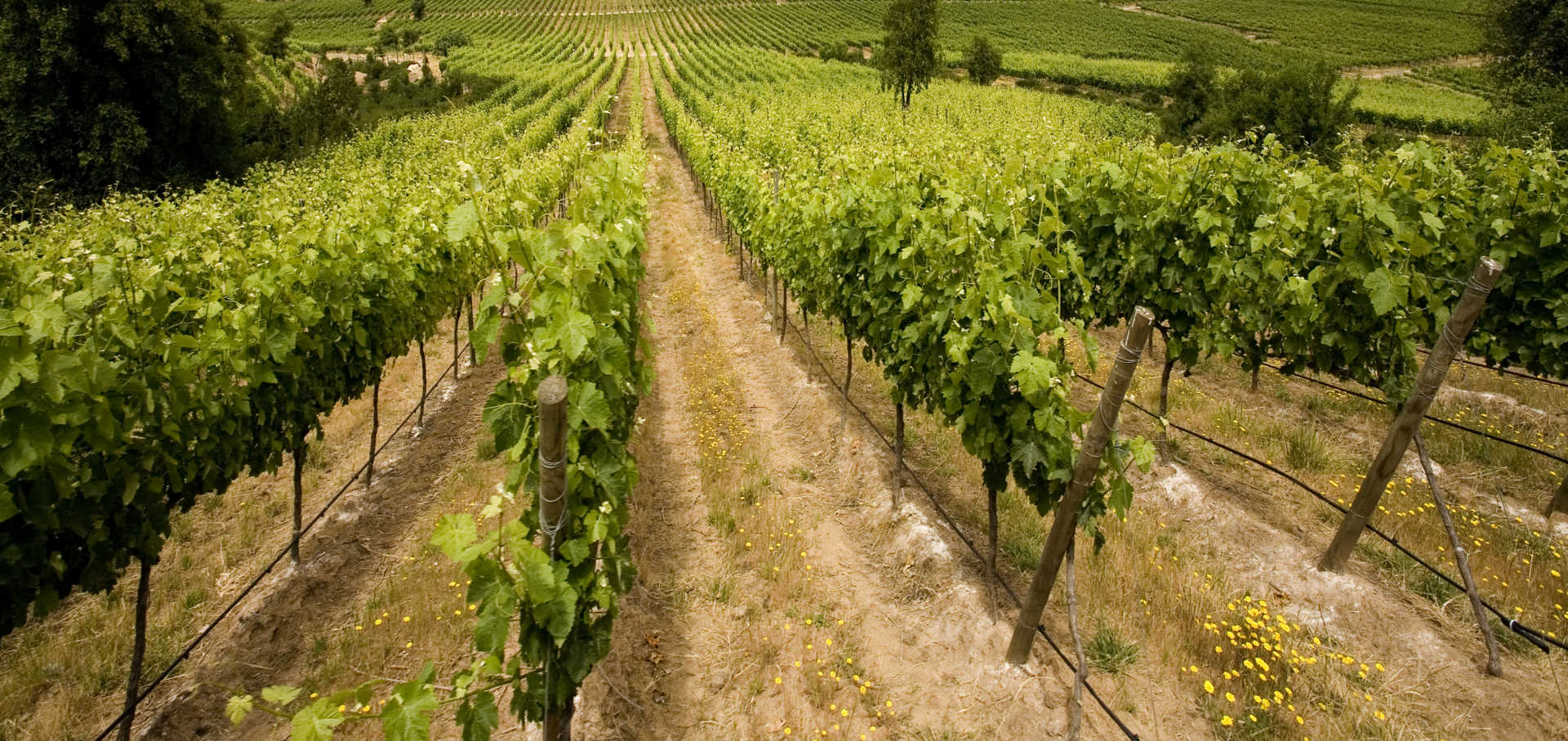Rosemount Diamond Semillon 2003

Product Details
Your Rating
Somm Note
Winemaker Notes
Other Vintages
2001-
Wine
Spectator

Sémillon has the power to create wines with considerable structure, depth and length that will improve for several decades. It is the perfect partner to the vivdly aromatic Sauvignon Blanc. Sémillon especially shines in the Bordeaux region of Sauternes, which produces some of the world’s greatest sweet wines. Somm Secret—Sémillon was so common in South Africa in the 1820s, covering 93% of the country’s vineyard area, it was simply referred to as Wyndruif, or “wine grape.”

A large, climatically diverse country with incredibly diverse terrain, producing just about every wine style imaginable, Australia has a grand winemaking history and some of the oldest vines on the planet. Both red wine and white wine from Australian are wildly popular and beloved. Most of Australia's wine regions are concentrated in the south of the country with those inland experiencing warm, dry conditions and those in coastal areas receiving tropical, maritime or Mediterranean weather patterns. Australia has for several decades been at the forefront of winemaking technology and has widely adopted the use of screwcaps, even for some premium and ultra-premium bottles. Thanks to the country’s relatively agreeable climate throughout and the openness of its people, experimentation is common and ongoing.
Shiraz is indeed Australia’s most celebrated and widely planted variety; Barossa Valley leads the way, producing exceptionally bold and supple versions. Cabernet Sauvignon, Australia's second most planted variety, can be blended with Shiraz but also shines on its own particularly in Coonawarra and Margaret River. Grenache and Mourvèdre are also popular, both on their own and alongside Shiraz in Rhône Blends. Chardonnay is common throughout the country and made in a wide range of styles. Sauvignon Blanc has recently surged in popularity to compete with New Zealand’s distinctive version and Semillon is often blended in Margaret River or shines on its own in the Hunter Valley. Riesling thrives in the cool-climate Clare and Eden Valleys. Sticky-sweet fortified wine Rutherglen is a beloved regional specialty of Victoria.




